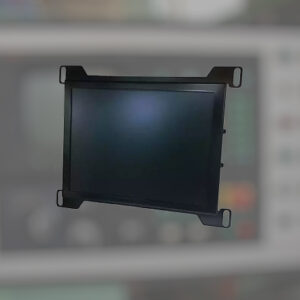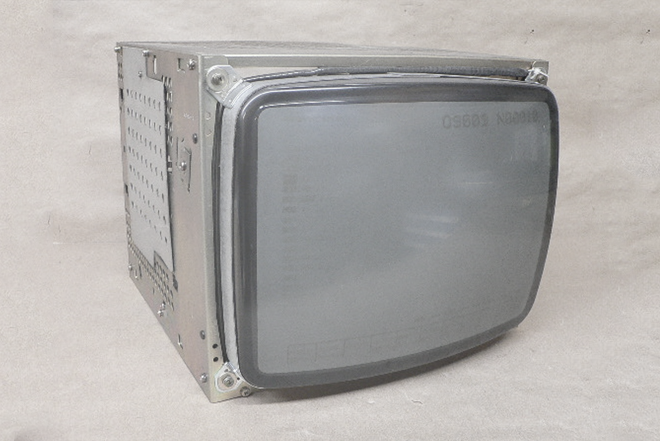

Industrial machines such as Okuma, Fanuc, Prototrak, Fagor, Cincinnati Milacron, and other OEMs have been using CRT displays for many years. However, with the advancement of technology, it is now possible to upgrade these old CRT displays to LCD screens. In this blog post, we will discuss the benefits of upgrading CRT displays to LCD and why it is a worthwhile investment for industrial machine owners.
One of the main advantages of upgrading CRT displays to LCD is the improved image quality. CRT displays are known for their flickering screens and poor color reproduction. On the other hand, LCD screens offer a much clearer and sharper image with vibrant colors. This enhanced image quality can greatly improve the overall user experience and make it easier for operators to read and interpret the information displayed on the screen.
CRT displays are prone to failure due to their aging technology. They often suffer from issues such as screen burn-in, color fading, and image distortion. These problems can lead to downtime and costly repairs. Upgrading to LCD screens eliminates these reliability issues as LCD technology is more durable and less prone to failure. LCD screens also have a longer lifespan, reducing the need for frequent replacements.
Another advantage of upgrading CRT displays to LCD is the compatibility with modern systems. Many industrial machines now use software-based control systems that require a digital display. CRT displays are analog and may not be compatible with these modern systems. By upgrading to LCD screens, machine owners can ensure that their machines are compatible with the latest software and can take advantage of new features and functionalities.
CRT displays consume a significant amount of energy compared to LCD screens. Upgrading to LCD can result in energy savings, reducing the overall operating costs of the industrial machines. LCD screens are more energy-efficient as they do not require a high voltage power supply like CRT displays. This energy efficiency not only benefits the environment but also helps industrial machine owners save on electricity bills.
Maintaining CRT displays can be a challenging task. They require regular calibration and adjustments to ensure optimal performance. LCD screens, on the other hand, are relatively easy to maintain. They do not require any calibration and adjustments, resulting in less downtime and lower maintenance costs. Additionally, LCD screens are less susceptible to dust and dirt, making them easier to clean and keep in good condition.
While upgrading CRT displays to LCD may require an initial investment, it is a cost-effective solution in the long run. The improved reliability and reduced maintenance requirements of LCD screens result in lower repair and replacement costs. Additionally, the energy efficiency of LCD screens leads to long-term cost savings on electricity bills. Considering the long lifespan of LCD screens, the investment in upgrading CRT displays to LCD is well worth it.
Upgrading CRT displays to LCD is a wise decision for industrial machine owners. The benefits of improved image quality, increased reliability, compatibility with modern systems, energy efficiency, ease of maintenance, and cost-effectiveness make it a worthwhile investment. If you own an Okuma, Fanuc, Prototrak, Fagor, Cincinnati Milacron, or any other OEM industrial machine with an old CRT display, consider upgrading to an LCD screen to enhance the performance and usability of your machine.
NEED TO REPLACE YOUR DISPLAY?
We have a wide-range of industrial display replacement that fits on your industrial machine.